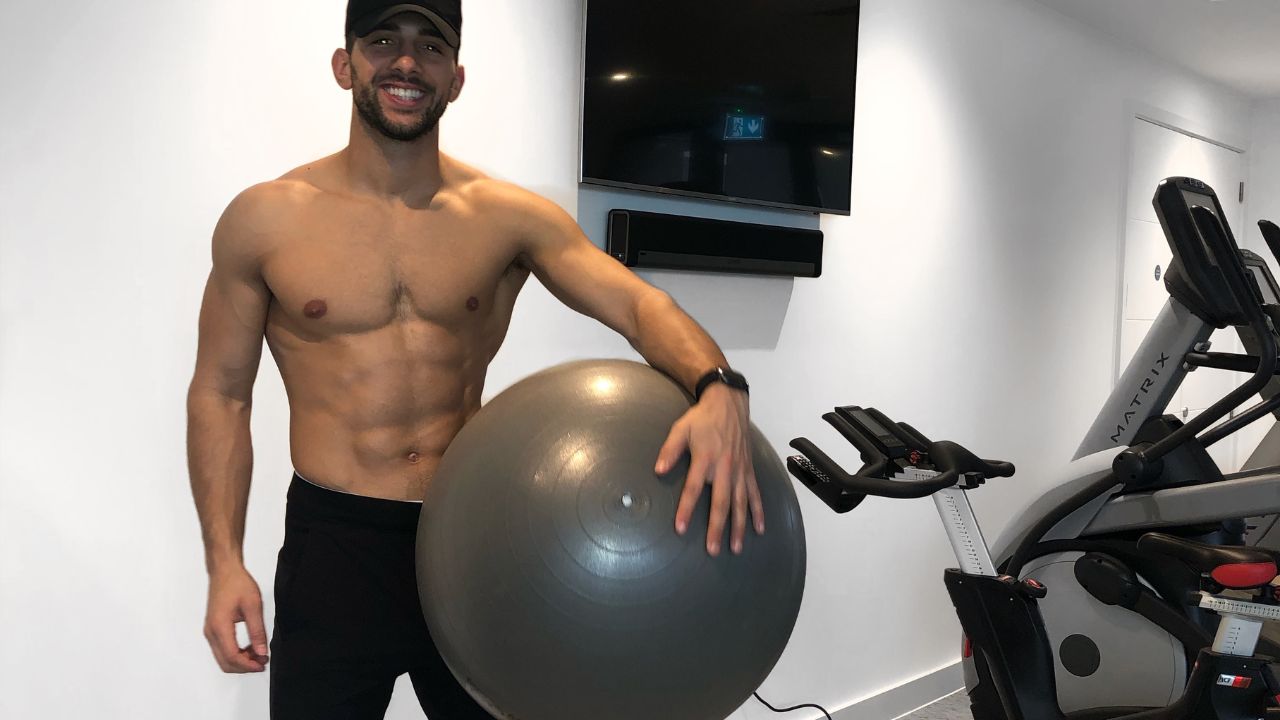
Welcome to 'Flex Your Recovery: The Top 10 Techniques for Effective Muscle Healing.'
In this article, we will explore evidence-based strategies to optimize muscle healing and recovery. Whether you are an athlete, fitness enthusiast, or simply seeking relief from muscle soreness, this comprehensive guide offers valuable insights and practical tips.
From foam rolling and active recovery to mind-body techniques, we will delve into the most effective methods backed by research.
Get ready to maximize your recovery potential and experience the freedom of a faster, more efficient healing process.
Foam Rolling
Regularly incorporating foam rolling into your post-workout routine can help alleviate muscle soreness and improve overall flexibility and recovery.
Foam rolling is a self-myofascial release technique that involves using a foam roller to apply pressure to specific areas of the body. This practice helps to break up adhesions and tight knots in the muscles, allowing for better blood flow and nutrient delivery to the tissues.
The benefits of foam rolling include reduced muscle tension, increased range of motion, and improved athletic performance.
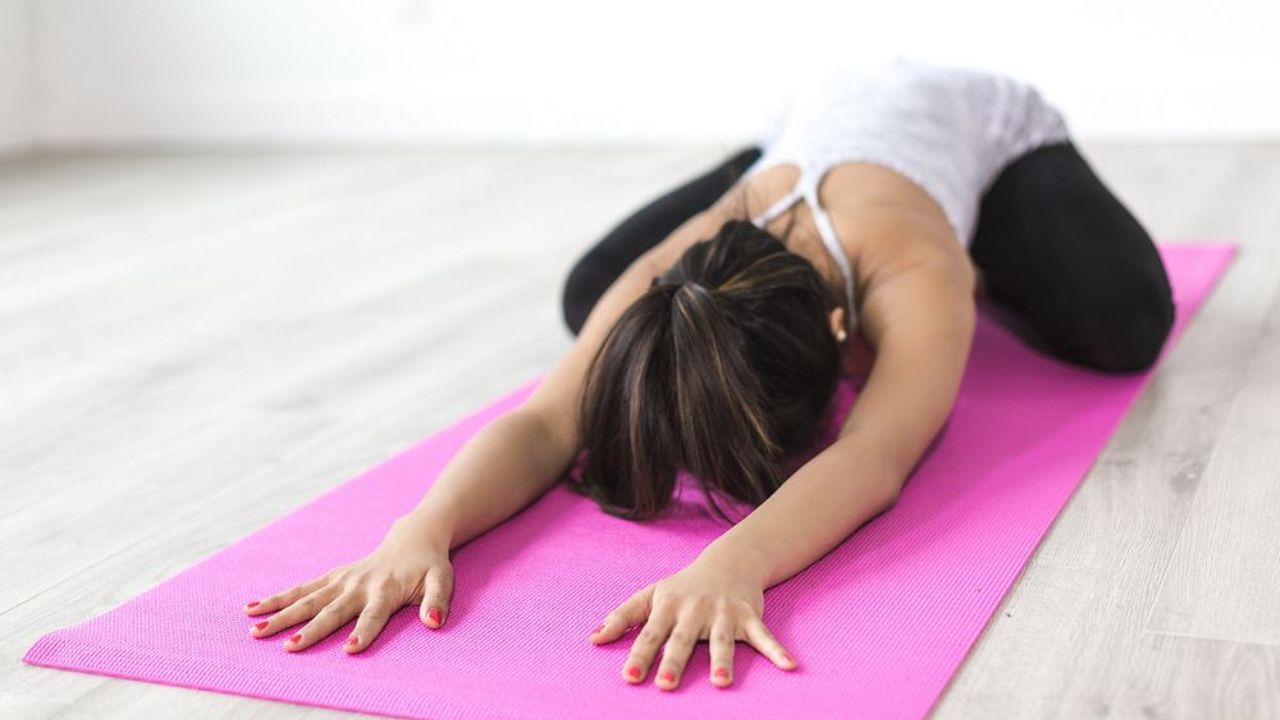
To maximize the effectiveness of foam rolling, it is important to use proper technique and target the specific muscles that need attention. Techniques such as rolling, static stretching, and trigger-point release can all be incorporated into a foam rolling routine.
Active Recovery
In addition to foam rolling, incorporating active recovery techniques such as light jogging and dynamic stretching can further enhance muscle healing and promote a faster recovery process. Active recovery involves engaging in low-intensity exercises that increase blood flow and oxygen delivery to the muscles, aiding in the removal of metabolic waste products and reducing inflammation.
Here are four effective active recovery techniques for muscle healing:
Light Jogging: A gentle jog stimulates blood flow to the muscles, promoting nutrient delivery and waste removal.
Dynamic Stretching: This involves moving through a range of motion to improve flexibility and increase blood flow to the muscles.
Yoga: Practicing yoga can enhance muscle recovery by improving flexibility, reducing muscle soreness, and promoting relaxation.
Meditation: Mind-body techniques such as meditation can help reduce stress and promote overall recovery by calming the mind and reducing muscle tension.
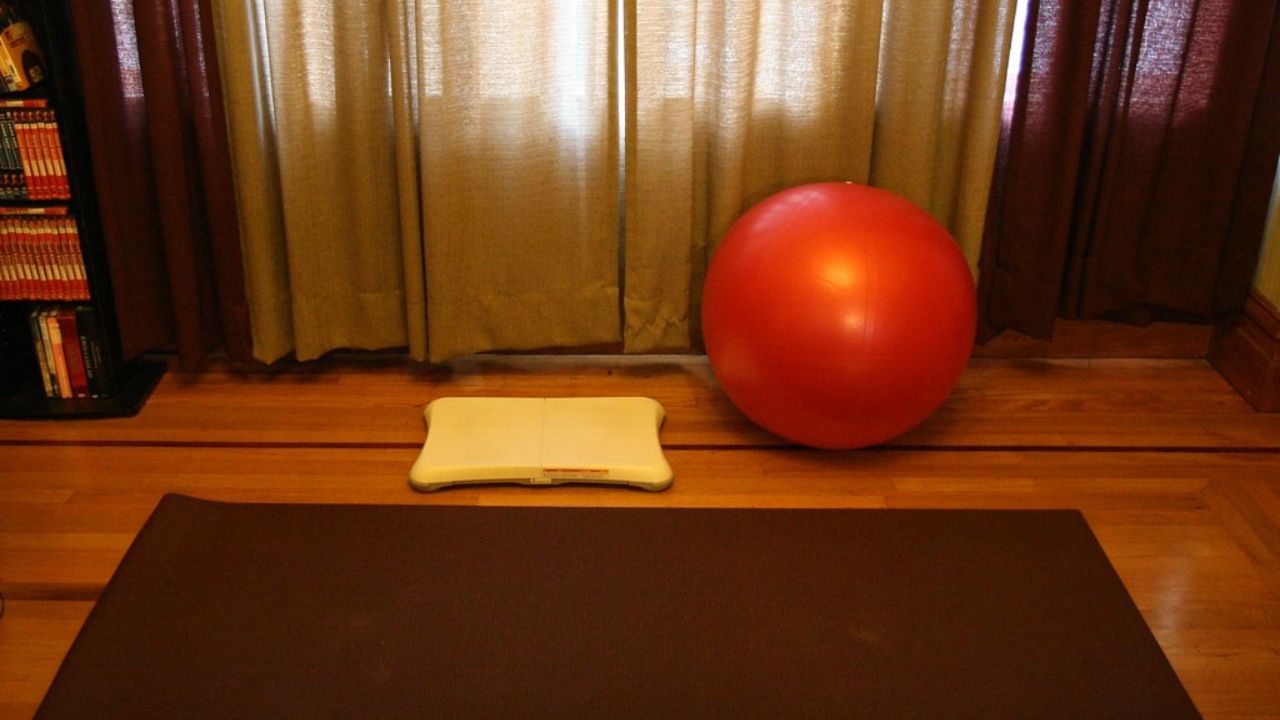
Incorporating these active recovery techniques into your routine can optimize muscle healing and support a faster recovery process.
Stretching and Mobility
Additionally, focusing on stretching and improving mobility can play a crucial role in enhancing muscle recovery and preventing injuries. Stretching techniques and mobility exercises are often overlooked but are essential components of a well-rounded fitness routine.
Stretching helps to increase flexibility, improve joint range of motion, and reduce muscle tension. By incorporating stretching exercises into your post-workout routine, you can promote blood flow to the muscles, which aids in the removal of waste products and facilitates the delivery of nutrients necessary for repair and recovery.
Moreover, mobility exercises help to maintain joint health and prevent imbalances that can lead to injuries. By addressing muscle imbalances and improving joint mobility, you can enhance your overall performance and reduce the risk of future injuries.
Therefore, it is crucial to prioritize stretching and mobility exercises as part of your exercise regimen for optimal muscle recovery and injury prevention.
Contrast Therapy
Contrast therapy is a technique that involves alternating between hot and cold temperatures to promote healing and reduce inflammation.
The application of heat increases blood flow to the area, delivering oxygen and nutrients, while cold therapy constricts blood vessels, reducing swelling and numbing the area.

This therapy has been shown to effectively speed up healing and provide relief for various musculoskeletal injuries and conditions.
Hot and Cold Therapy
The application of hot and cold therapy has been proven to be an effective method for muscle healing and recovery. This technique, also known as contrast therapy, involves alternating between hot and cold treatments to stimulate blood flow and reduce inflammation.
Here are four key benefits of hot and cold therapy for muscle healing:
Reduced inflammation: Cold therapy helps to constrict blood vessels and reduce swelling, while hot therapy promotes vasodilation and increases blood flow to the affected area.
Pain relief: Both hot and cold therapy can provide temporary pain relief by numbing the area and reducing nerve activity.
Improved muscle function: Hot therapy can help relax muscles and relieve muscle tension, while cold therapy can reduce muscle spasms and promote muscle recovery.
Faster recovery: By increasing blood flow and reducing inflammation, hot and cold therapy can promote faster healing and recovery of muscle tissue.
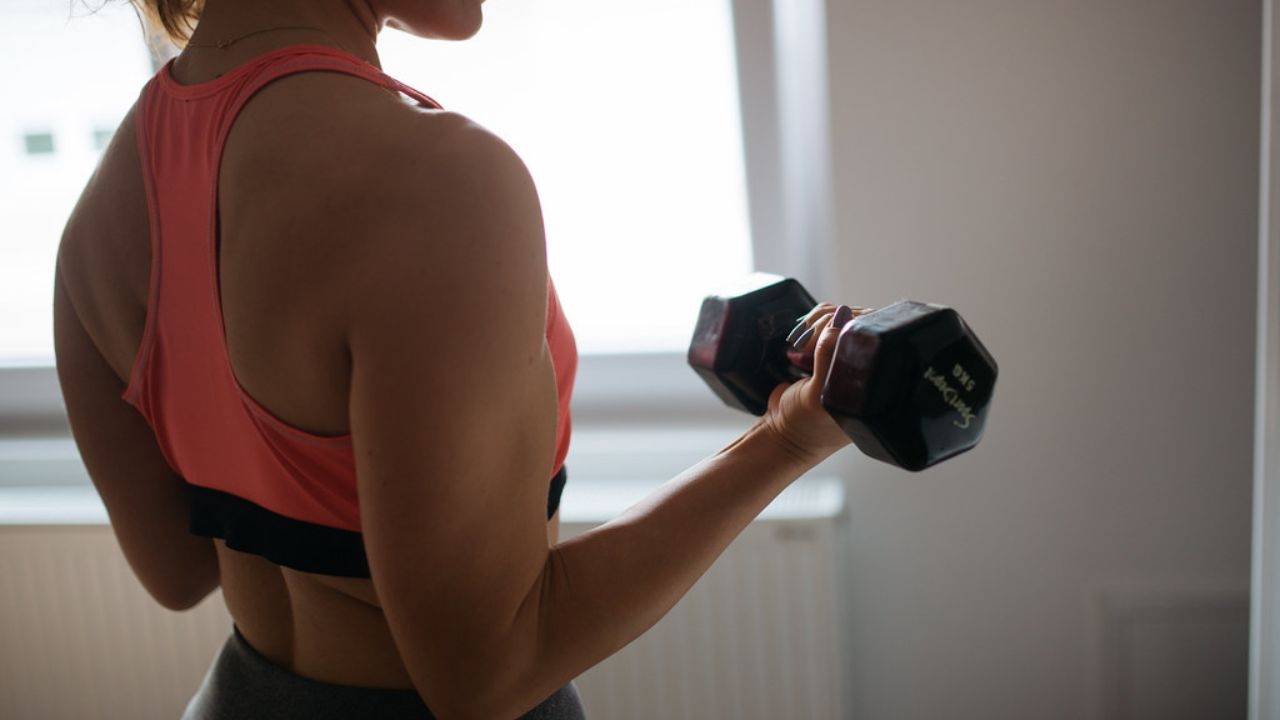
Overall, incorporating hot and cold therapy into your recovery routine can be a valuable addition to other mind-body techniques for optimal muscle healing and recovery.
Speeds up Healing
Indeed, contrast therapy, with its alternating hot and cold treatments, has been found to significantly speed up the healing process of muscles. Research has shown that this technique, also known as hot and cold therapy or hydrotherapy, can effectively accelerate healing and recovery.
When applied to injured muscles, the hot temperature increases blood flow, relaxes the muscles, and reduces pain and inflammation. On the other hand, the cold temperature constricts blood vessels, reduces swelling, and numbs the area.
By alternating between hot and cold treatments, the body experiences a pumping effect, which helps to flush out waste products and deliver oxygen and nutrients to the injured muscles. This enhanced circulation and tissue rejuvenation ultimately speeds up the recovery process and promotes healing.
Incorporating contrast therapy into a comprehensive muscle healing regimen can be a valuable addition for individuals seeking to maximize their recovery potential.
Reduces Inflammation Effectively
Additionally, alternating hot and cold treatments in contrast therapy effectively reduce inflammation, enhancing the healing process for injured muscles. This technique, widely used in sports medicine, has shown significant benefits in reducing inflammation and promoting muscle recovery.
Here are four key reasons why alternating hot and cold treatments are effective in reducing inflammation:
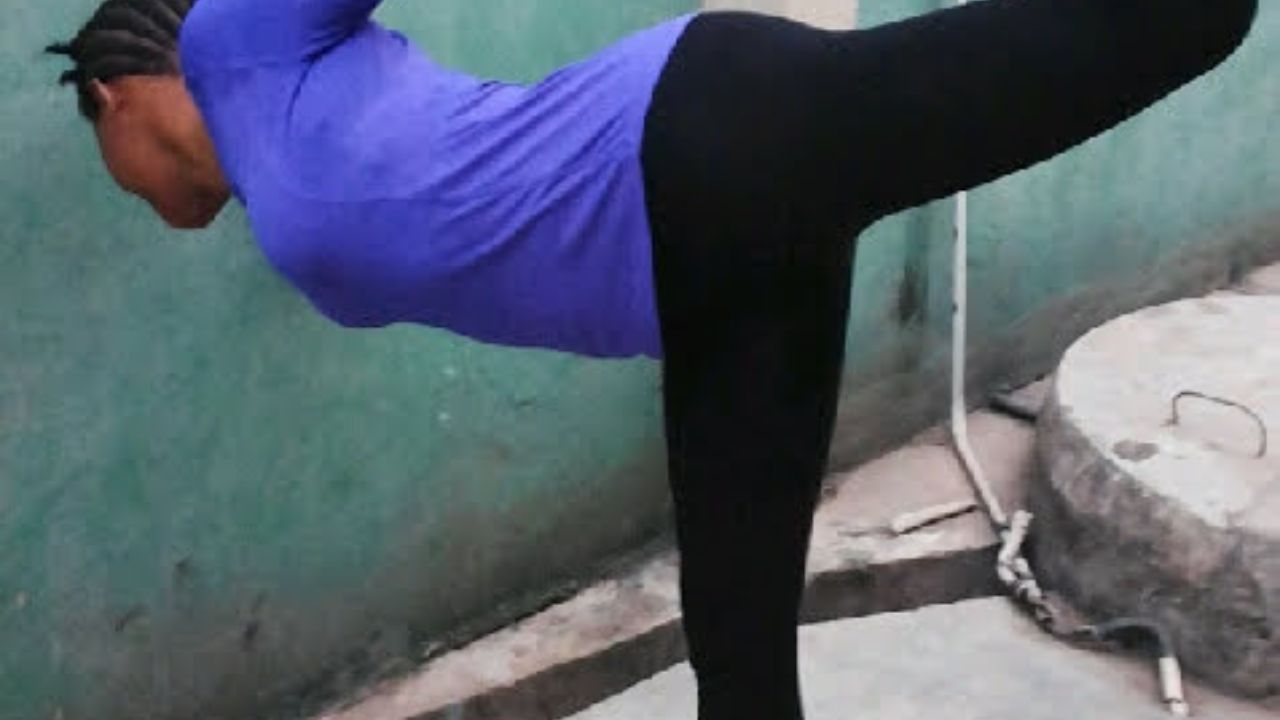
Vasoconstriction and Vasodilation: Alternating hot and cold treatments cause blood vessels to constrict and dilate, respectively. This process helps to flush out inflammatory substances from the injured area, reducing inflammation.
Increased Oxygen and Nutrient Supply: The contrast therapy increases blood flow and oxygen supply to the injured muscles, promoting tissue repair and healing.
Analgesic Effect: The alternating hot and cold treatments help to alleviate pain by numbing the area and reducing nerve activity, providing relief for the injured muscles.
Enhanced Lymphatic Drainage: The hot and cold temperatures stimulate the lymphatic system, facilitating the removal of waste products and reducing inflammation.
Massage Therapy
In the realm of muscle healing techniques, the efficacy of massage therapy stands out as a notable approach for promoting relaxation and reducing muscle tension. Massage techniques have been used for centuries to alleviate pain and promote healing.
The benefits of massage go beyond just relaxation; it has been shown to improve blood circulation, increase flexibility, and promote the release of endorphins, which are natural painkillers. Additionally, massage therapy can help reduce stress and anxiety, improve sleep quality, and enhance overall well-being.
Various techniques, such as Swedish massage, deep tissue massage, and sports massage, cater to different needs and preferences. Whether you're recovering from an injury, dealing with chronic pain, or simply looking to unwind, massage therapy offers a holistic approach to muscle healing that is both effective and soothing.
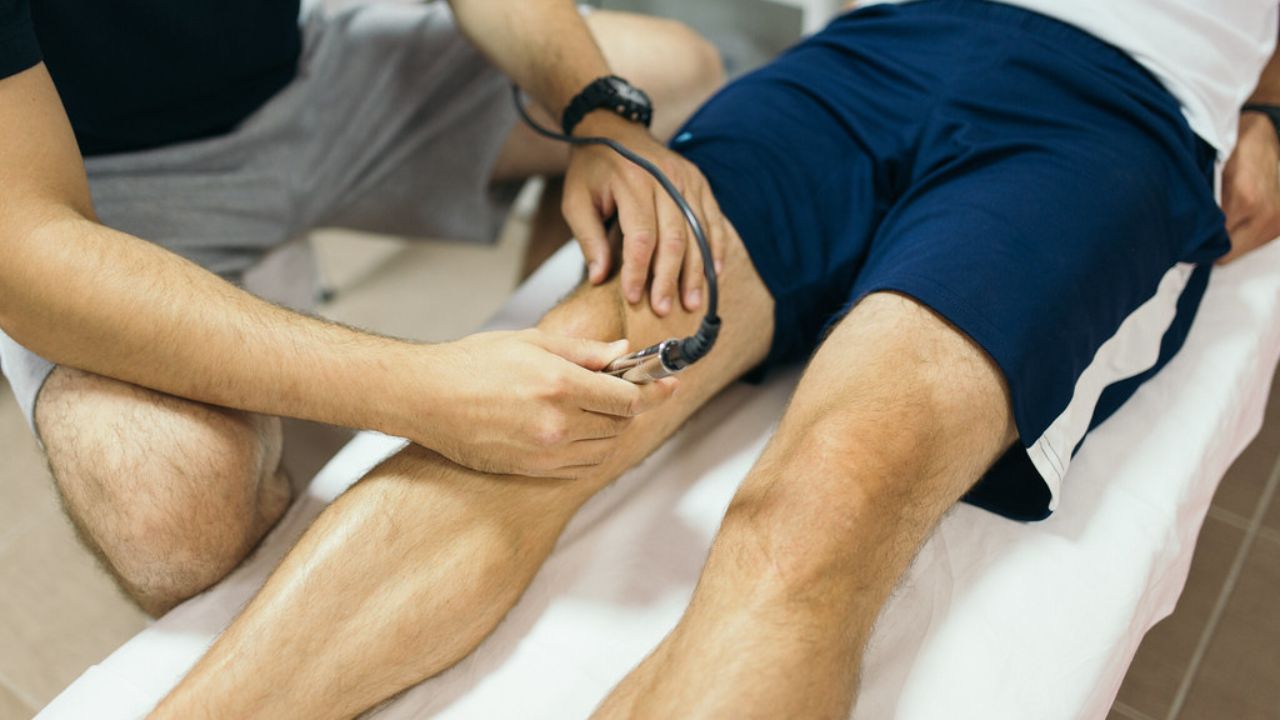
Nutritional Strategies
Notably, incorporating proper nutritional strategies and consistent exercise can significantly enhance the effectiveness of muscle healing techniques. When it comes to muscle recovery, mindful eating plays a crucial role. Here are some nutritional strategies to boost your muscle healing process:
Adequate Protein Intake: Consuming enough protein is essential for muscle repair and growth. Aim for a daily intake of 1.2-2.0 grams of protein per kilogram of body weight.
Anti-Inflammatory Foods: Including foods rich in omega-3 fatty acids, such as fatty fish and walnuts, can help reduce inflammation and promote healing.
Hydration: Staying properly hydrated is vital for optimal muscle function and recovery. Aim for at least 8 glasses of water per day.
Supplement Recommendations: Certain supplements like collagen, creatine, and branched-chain amino acids (BCAAs) have shown potential in supporting muscle healing. Consult with a healthcare professional for personalized recommendations.
Sleep and Rest
Sleep and rest play a crucial role in the recovery and healing process of muscles. Optimal sleep duration allows the body to repair and regenerate tissues, while rest periods during the day provide necessary breaks for muscle recovery.
Additionally, relaxation techniques such as deep breathing, meditation, and stretching can further aid in the rejuvenation of muscles and promote overall recovery.

Optimal Sleep Duration
How long should one ideally rest for optimal recovery and muscle healing?
The answer to this question depends on several factors, including the intensity of the workout, individual differences in recovery ability, and overall sleep quality. While there is no one-size-fits-all answer, research suggests that most individuals need between 7-9 hours of sleep per night for optimal recovery.
However, it is important to note that sleep duration is just one aspect of optimal sleep quality. To enhance muscle healing and overall recovery, it is also important to prioritize sleep hygiene.
This can be achieved by following these four key practices:
- Establishing a consistent sleep schedule
- Creating a relaxing sleep environment
- Avoiding stimulants and electronics before bed
- Engaging in relaxation techniques such as deep breathing or meditation.
Importance of Rest
Adequate rest, with recommended durations of 7-9 hours per night, is crucial for optimal recovery and muscle healing after intense workouts. It is during rest that our bodies repair and rebuild damaged muscle tissues, replenish energy stores, and regulate important physiological processes. The importance of recovery cannot be overstated, as it not only aids in physical recovery but also enhances mental well-being. Rest and recovery allow for proper hormone regulation, immune system function, and overall stress reduction.
Incorporating rest days into your training routine is essential to prevent overtraining and reduce the risk of injury. It allows your muscles and connective tissues to recover and adapt to the demands of exercise. Active recovery, such as low-intensity exercises or stretching, can also promote blood flow, reduce muscle soreness, and enhance recovery.
Prioritizing rest and recovery is key to achieving optimal performance and long-term success. So make sure to listen to your body, get enough sleep, and give yourself the downtime needed for proper recovery. Your muscles will thank you.
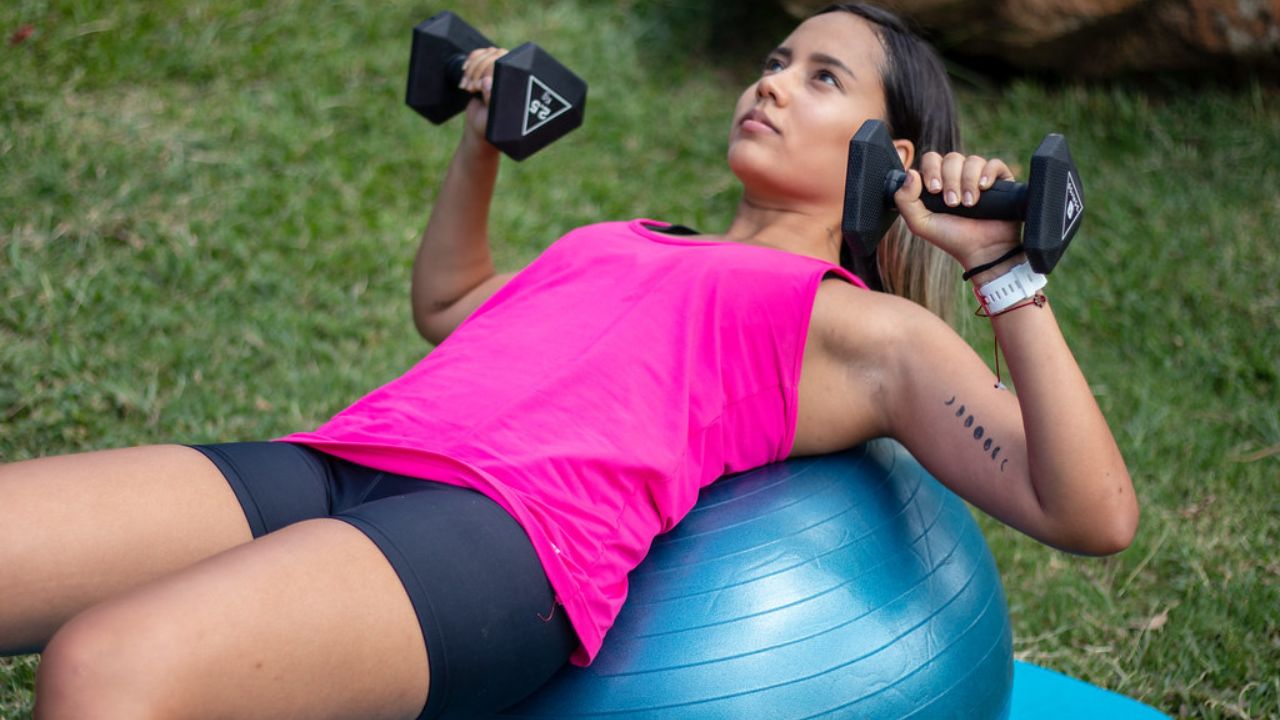
Recovery Through Relaxation
By incorporating relaxation techniques such as meditation or deep breathing exercises, individuals can enhance their recovery process and promote muscle healing. Relaxation techniques have been shown to reduce stress and anxiety, lower blood pressure, and improve overall well-being. When it comes to muscle healing, relaxation techniques can play a crucial role in facilitating the repair and regeneration of damaged tissues.
Here are four effective relaxation techniques that can aid in the recovery process:
Progressive Muscle Relaxation: This technique involves tensing and then releasing different muscle groups to promote relaxation and relieve muscle tension.
Mindfulness Meditation: By focusing on the present moment and accepting it without judgment, individuals can alleviate stress and enhance their body's natural healing abilities.
Deep Breathing Exercises: Deep breathing activates the body's relaxation response, reducing muscle tension and promoting a sense of calm.
Guided Imagery: By visualizing healing and relaxation, individuals can tap into their body's innate ability to heal and promote muscle recovery.
Incorporating these relaxation techniques into your recovery routine can not only enhance the healing process but also improve overall physical and mental well-being.
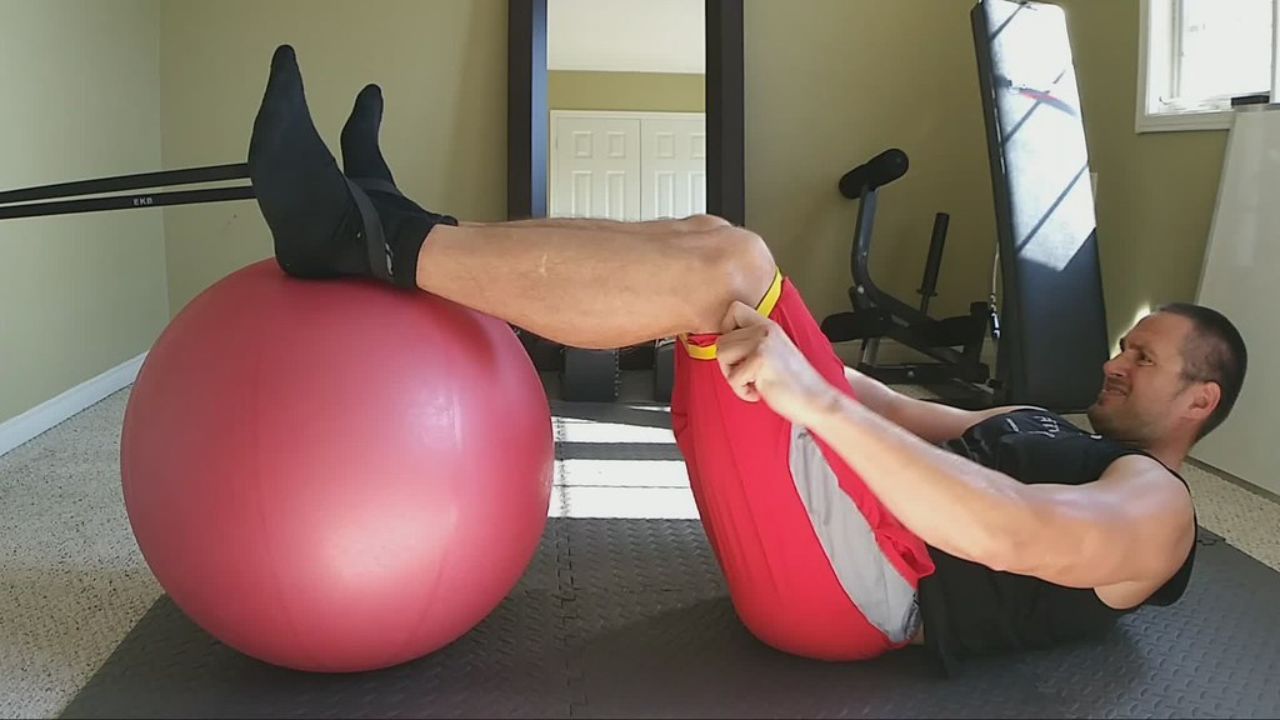
Heat Therapy
Applying a sufficient amount of heat therapy can help to alleviate muscle soreness and promote faster recovery. Heat therapy, also known as thermotherapy, is a common technique used by athletes and individuals seeking relief from muscle pain. When heat is applied to the affected area, it increases blood flow, relaxes muscles, and reduces stiffness. This promotes healing by delivering oxygen and nutrients to the muscles, thus accelerating the recovery process.
One popular method of heat therapy is through the use of heating pads or warm compresses. These can be applied directly to the sore muscles for a specified period of time. Another effective technique is hot water immersion, where the affected area is submerged in warm water. This provides a soothing effect and enhances blood circulation to the muscles.
Heat therapy can be combined with other recovery techniques, such as foam rolling. Foam rolling, or self-myofascial release, involves using a foam roller to apply pressure to specific muscles. This helps to break up adhesions and knots in the muscle tissue, improving flexibility and reducing muscle soreness.
Compression Garments
Compression garments are a popular tool for enhancing muscle recovery and reducing post-workout soreness. These specialized garments, typically made of elastic materials, provide a tight fit that helps to improve blood circulation and reduce muscle vibration during exercise.
When choosing compression garments, it is important to select the right size to ensure proper compression and effectiveness.
Benefits of Compression Garments
Wearing compression garments aids in muscle recovery, promoting circulation and reducing inflammation. These garments have become increasingly popular among athletes and fitness enthusiasts due to their numerous benefits. Here are four key benefits of compression garments:
Enhanced blood flow: Compression garments apply pressure to the muscles, which helps increase blood flow and oxygen delivery. This can lead to faster recovery and reduced muscle soreness.
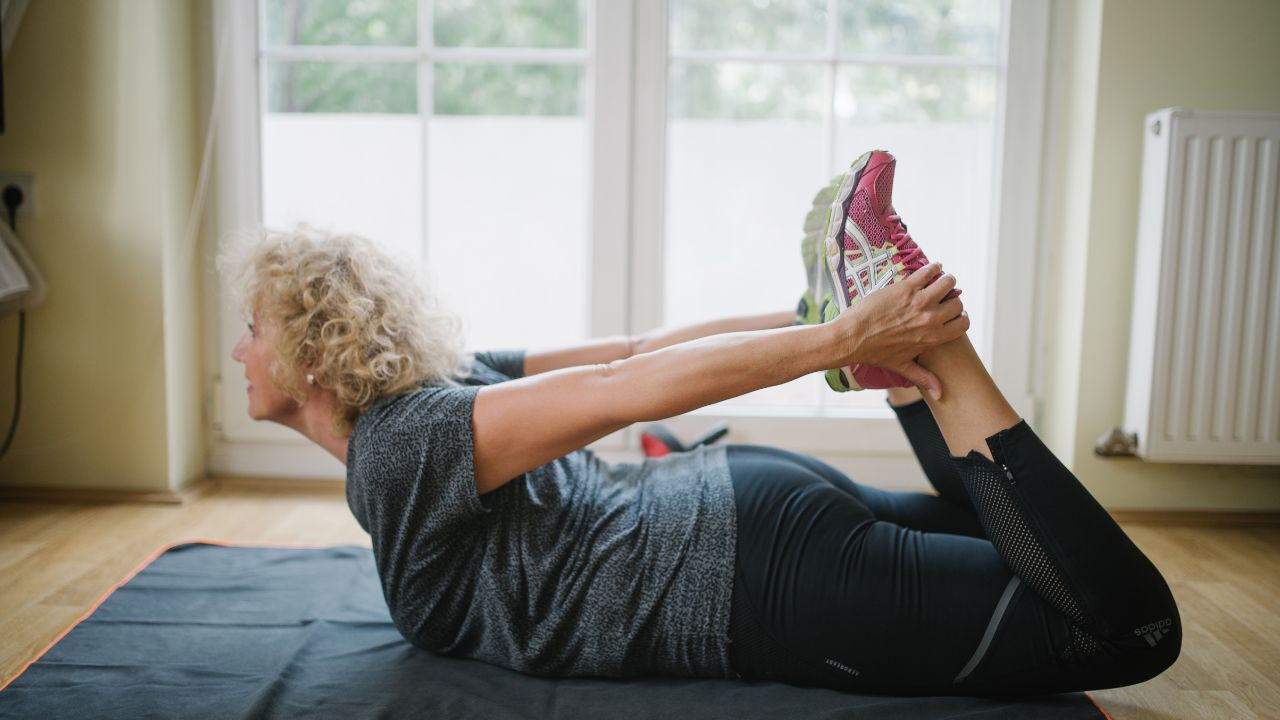
Reduced muscle vibration: Compression garments can minimize muscle oscillation during physical activity, leading to improved muscle efficiency and decreased risk of injury.
Decreased inflammation: The compression provided by these garments can help reduce swelling and inflammation by preventing fluid buildup in the tissues.
Improved proprioception: Compression garments provide a snug fit, enhancing the body's awareness of its position and movement. This can lead to improved balance and coordination during physical activity.
Choosing the right size is crucial when it comes to maximizing the benefits of compression garments. It is advisable to consult the sizing chart provided by the manufacturer to ensure a proper fit that offers optimal compression and comfort.
Choosing the Right Size
When selecting compression garments, it is essential to carefully consider the appropriate size for optimal effectiveness and comfort. Sizing considerations play a crucial role in ensuring that the garment provides the desired benefits.
Compression garments are designed to provide a controlled amount of pressure to specific areas of the body, promoting blood flow and aiding in muscle recovery. However, if the size is too small, it can lead to discomfort, restricted movement, and even impede circulation. On the other hand, if the size is too large, the garment may not provide the necessary compression required for effective muscle healing.
Therefore, finding the right fit is of utmost importance. It is recommended to consult the manufacturer's sizing chart and take accurate measurements to ensure a proper fit. Additionally, it is advisable to try on different sizes and styles to find the one that offers the best balance between effectiveness and comfort.

Proper Usage Techniques
To ensure optimal results, individuals should carefully follow the manufacturer's guidelines and regularly incorporate proper usage techniques, such as wearing the compression garment for the recommended duration and maintaining a consistent wearing schedule. By adhering to these guidelines, individuals can maximize the benefits of compression therapy and enhance their recovery process.
Here are four key proper usage techniques for injury prevention:
Correct Fit: Ensure that the compression garment fits snugly but comfortably, providing adequate compression without restricting movement or causing discomfort.
Graduated Compression: Choose a compression garment that offers graduated compression, meaning it provides higher pressure at the extremities and gradually decreases towards the core. This helps improve blood flow and reduce swelling.
Proper Wearing Schedule: Follow the recommended wearing schedule provided by the manufacturer. This typically involves wearing the compression garment during periods of activity and rest for optimal results.
Regular Maintenance: Clean and care for the compression garment according to the manufacturer's instructions to maintain its effectiveness and prolong its lifespan.
Mind-Body Techniques
Furthermore, incorporating mindfulness practices into your fitness routine can enhance the mind-body connection and promote overall well-being.
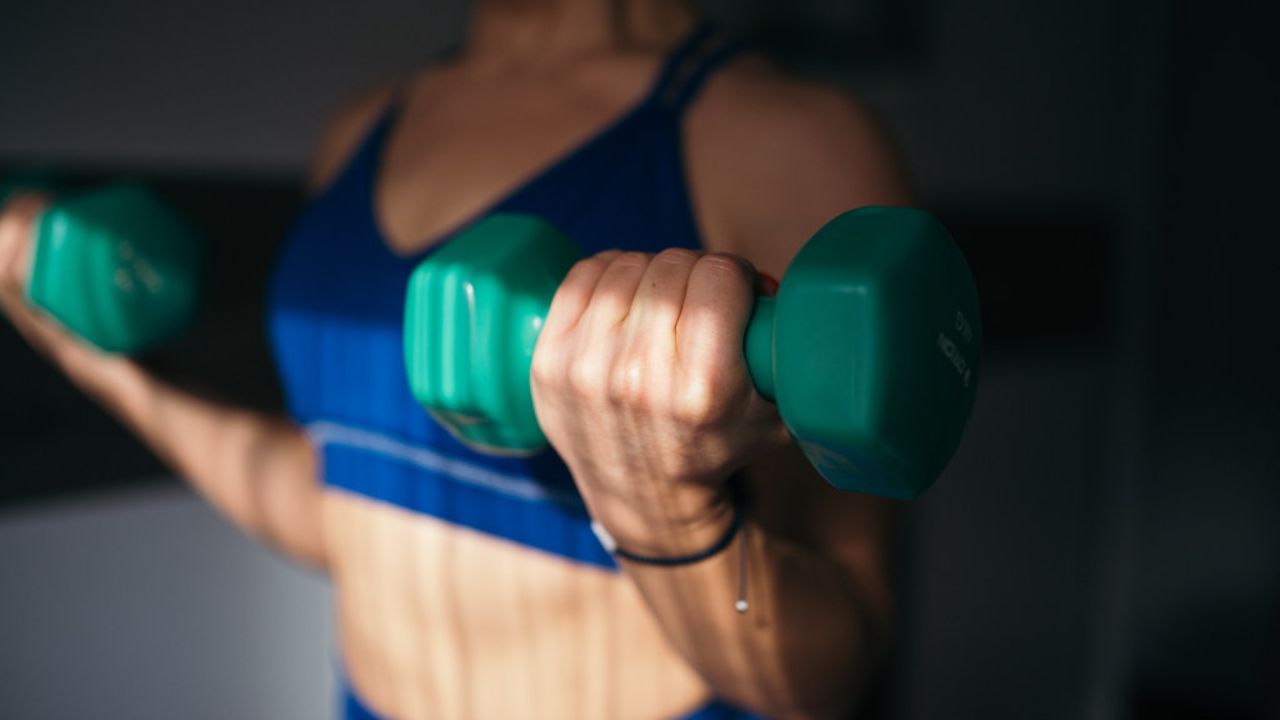
Mindfulness meditation and breathing exercises are two effective techniques that can be integrated into your daily workout regimen. Mindfulness meditation involves focusing your attention on the present moment, allowing you to become more aware of your body and its sensations during exercise. This heightened awareness can help you better understand your body's limits and prevent injuries.
Breathing exercises, such as deep diaphragmatic breathing, can also aid in relaxation and stress reduction, allowing you to fully engage in your workouts and optimize your performance. Research has shown that mindfulness practices can reduce anxiety, improve mental clarity, and increase self-awareness, making them valuable tools for anyone seeking to enhance their fitness journey.
Frequently Asked Questions
Can Foam Rolling Be Harmful or Cause Any Negative Effects on Muscle Recovery?
Foam rolling can potentially be harmful or cause negative effects on muscle recovery if not done properly. It is important to use proper technique and listen to your body to avoid overuse injuries or excessive muscle soreness.
Are There Any Specific Stretching Exercises That Should Be Avoided During the Recovery Process?
Avoiding stretching exercises during the recovery process is crucial to prevent further muscle damage. It is important to be aware of the potential risks of certain exercises, especially when combined with foam rolling, in order to promote effective muscle healing.
How Long Should a Massage Therapy Session Last for Optimal Muscle Healing?
For optimal muscle healing, the duration of a massage therapy session can vary depending on individual needs and preferences. However, it is important to ensure proper hydration during massage therapy and to choose a skilled and experienced massage therapist for effective muscle healing.
Are There Any Specific Nutritional Supplements or Foods That Can Enhance Muscle Recovery?
Nutritional supplements and specific foods can play a role in enhancing muscle recovery. These include protein, omega-3 fatty acids, antioxidants, and creatine. Consultation with a healthcare professional is recommended to determine the appropriate supplements and dietary choices for optimal muscle healing.
Can Mind-Body Techniques, Such as Meditation or Yoga, Help Speed up the Muscle Healing Process?
Mind-body techniques such as meditation and yoga have been shown to have positive effects on the muscle healing process. Studies suggest that these practices can reduce inflammation, improve blood flow, and promote relaxation, ultimately speeding up recovery.
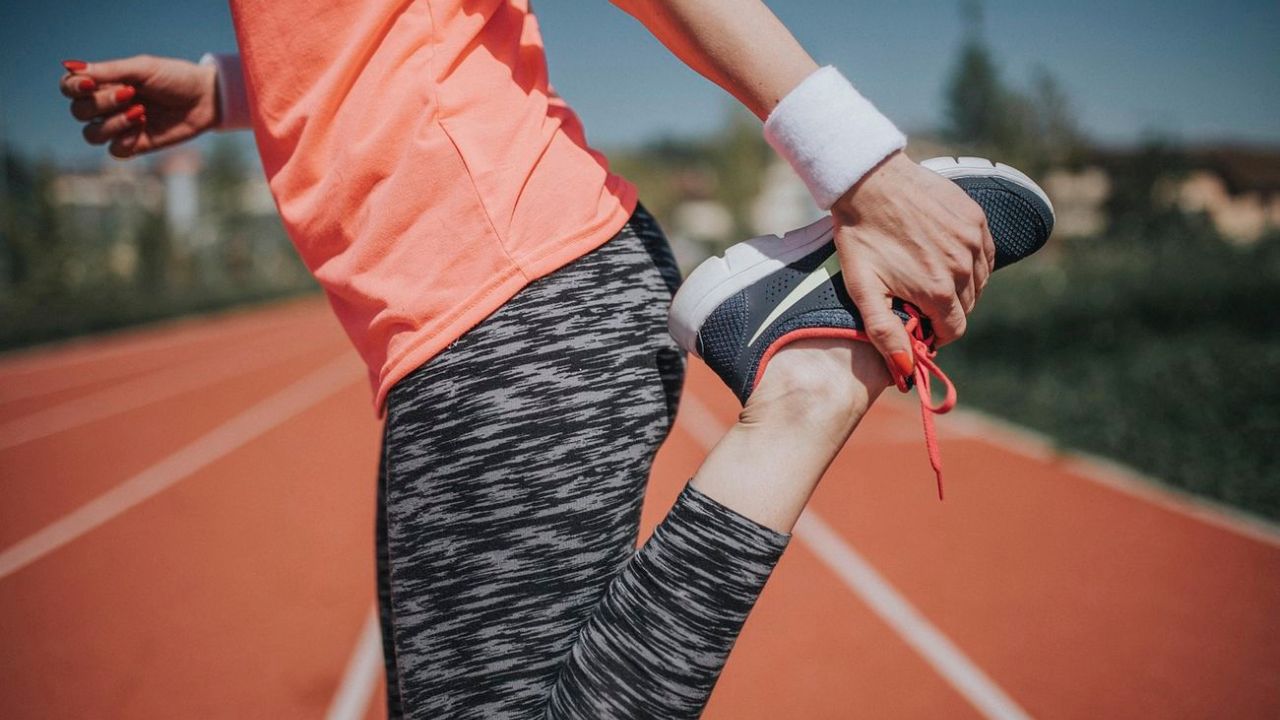
Conclusion
In conclusion, effective muscle healing is crucial for optimizing recovery and preventing injuries. Incorporating techniques such as:
- Foam rolling
- Active recovery
- Stretching and mobility exercises
- Contrast therapy
- Massage therapy
- Sleep and rest
- Heat therapy
- Compression garments
- Mind-body techniques
can significantly enhance the recovery process. These evidence-based strategies promote muscle repair, reduce inflammation, and improve overall performance.
By implementing these techniques, individuals can expedite their recovery and achieve optimal muscle health.
 Mobility trainingHome Fitness RecoverySports Injury PreventionPersonal Physical TherapyOrthopedic SolutionsPrivacy PolicyTerms And Conditions
Mobility trainingHome Fitness RecoverySports Injury PreventionPersonal Physical TherapyOrthopedic SolutionsPrivacy PolicyTerms And Conditions
